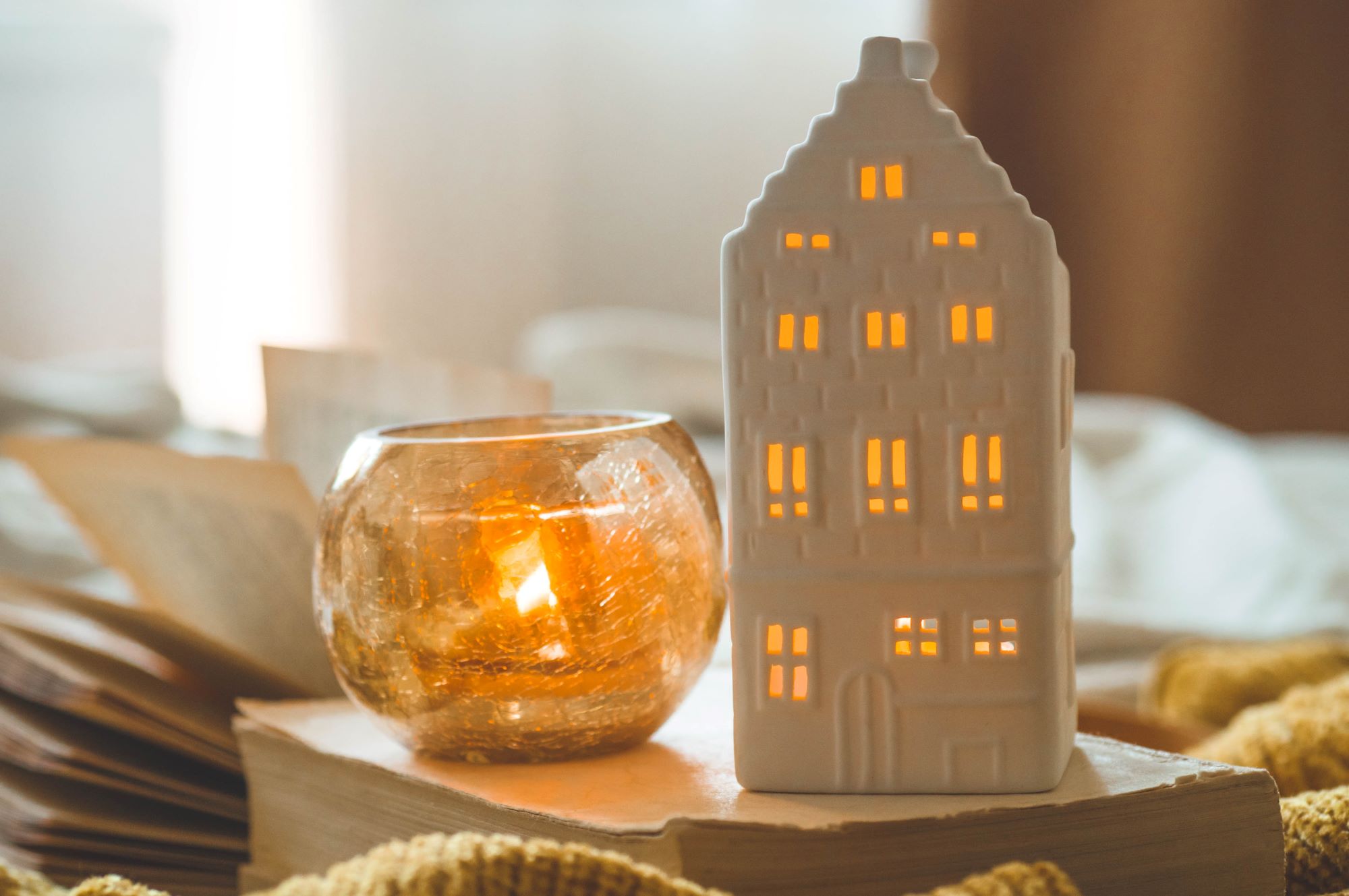
The Healthy Homes Standards are essential regulations to ensure rental properties in New Zealand are warm, dry, and healthy. Introduced by the government, these guidelines outline clear responsibilities for landlords to improve heating, insulation, ventilation, moisture control, and draught prevention in rental homes. This guide includes compliance deadlines and practical examples to help you understand what’s required.
Key Compliance Deadlines for Healthy Homes Standards
1. From 1 July 2019:
- Insulation Requirements:
All rental properties were required to have ceiling and underfloor insulation, provided it was reasonably practicable to install.
Example:
If a rental home in Auckland has a wooden floor with accessible underfloor space, the landlord must install insulation that meets the minimum R-values for Auckland’s climate zone.
If insulation is missing or in poor condition, it must be upgraded.
- Statement of Intent:
Landlords had to include a written statement in new tenancy agreements confirming their intention to meet the Healthy Homes Standards.
Example:
A landlord renewing a tenancy agreement in Christchurch must add a clause saying, “This property will comply with the Healthy Homes Standards by the required deadline.”
Record-Keeping Obligations:
Landlords must keep documentation such as insulation installation invoices or photos showing compliance.
2. From 1 December 2020:
- Current Compliance Statement:
Landlords needed to include a compliance statement in tenancy agreements outlining how their property currently meets the standards.
Example:
A landlord in Hamilton might state: “The property has ceiling insulation rated R 3.0, and extractor fans in the kitchen and bathroom meet ventilation requirements.”
3. From 1 July 2021:
- Boarding Houses Compliance:
All boarding houses, except those managed by Kāinga Ora or registered Community Housing Providers, had to comply fully with the Healthy Homes Standards.
Example:
A boarding house in Wellington must have heating in each main living area, such as heat pumps, to maintain a minimum temperature of 18°C in the lounge or communal space.
- Private Rentals Compliance:
Private landlords had to comply with the standards within 120 days of a new or renewed tenancy.
Example:
A rental home in Dunedin with a tenancy renewed in October 2021 needed upgrades (such as sealing draughty windows) by February 2022.
4. From 1 July 2024:
- Kāinga Ora and Community Housing Providers:
All properties managed by Kāinga Ora and registered Community Housing Providers must meet the Healthy Homes Standards.
Example:
A community housing property in Rotorua must have a ground moisture barrier installed if the subfloor space is enclosed to prevent dampness from rising into the home.
5. From 1 July 2025:
- Full Compliance for Private Rentals:
All private rental properties must meet the Healthy Homes Standards.
Example:
A private rental in Queenstown must ensure the living room has an appropriately sized heat pump and that all gaps around external doors are sealed.
Extended Compliance Timeframe for Heating Standard
Landlords using the updated heating formula had additional time to meet the heating standard in specific cases:
- The rental property was a private tenancy.
- The updated heating formula applied to calculate the required heating capacity for the living room.
- The original compliance deadline fell between 12 May 2022 and 12 February 2023.
Example:
A property in Napier with an open-plan living area required a larger-capacity heat pump under the updated formula. If the landlord applied the new formula, they had until February 2023 to install the appropriate heating.
What Happens If Landlords Fail to Comply?
Non-compliance can result in penalties of up to $7,200 under the Residential Tenancies Act.
Example:
If a landlord in Tauranga fails to install extractor fans in the kitchen and bathroom, tenants can report this non-compliance to the Tenancy Tribunal, which may impose fines.
Why These Standards Matter
The Healthy Homes Standards are designed to improve tenant health and comfort while reducing long-term maintenance costs for landlords.
Example:
A well-insulated home in Invercargill not only keeps tenants warm during winter but also minimizes heating costs and prevents mold damage to walls.
FAQs on Healthy Homes Compliance
Q: How can landlords prove compliance?
Landlords should keep documentation such as invoices, receipts, photos of completed work, and compliance certificates.
Example:
For insulation upgrades, landlords in Auckland should store certificates from the insulation installer showing R-values meet the required standards.
Q: Are exemptions available?
Some properties may qualify for exemptions if meeting the standards is not feasible.
Example:
A historic home in Wellington with inaccessible underfloor space may qualify for an insulation exemption.
Q: How can tenants check compliance?
Tenants can ask landlords for a copy of the Healthy Homes compliance statement provided with the tenancy agreement.
Practical Tips for Landlords
- Conduct an Assessment: Use tools like the Tenancy Services Heating Assessment Tool to evaluate requirements for your property.
- Schedule Upgrades: Engage professionals early to avoid delays in meeting deadlines.
- Communicate with Tenants: Keep tenants informed about upgrades and compliance timelines.
Stay Ahead of Compliance Deadlines
Meeting the Healthy Homes Standards ensures your rental property is legally compliant while providing tenants with safe and comfortable living conditions. For detailed requirements and compliance deadlines, visit the official Tenancy Services website.
